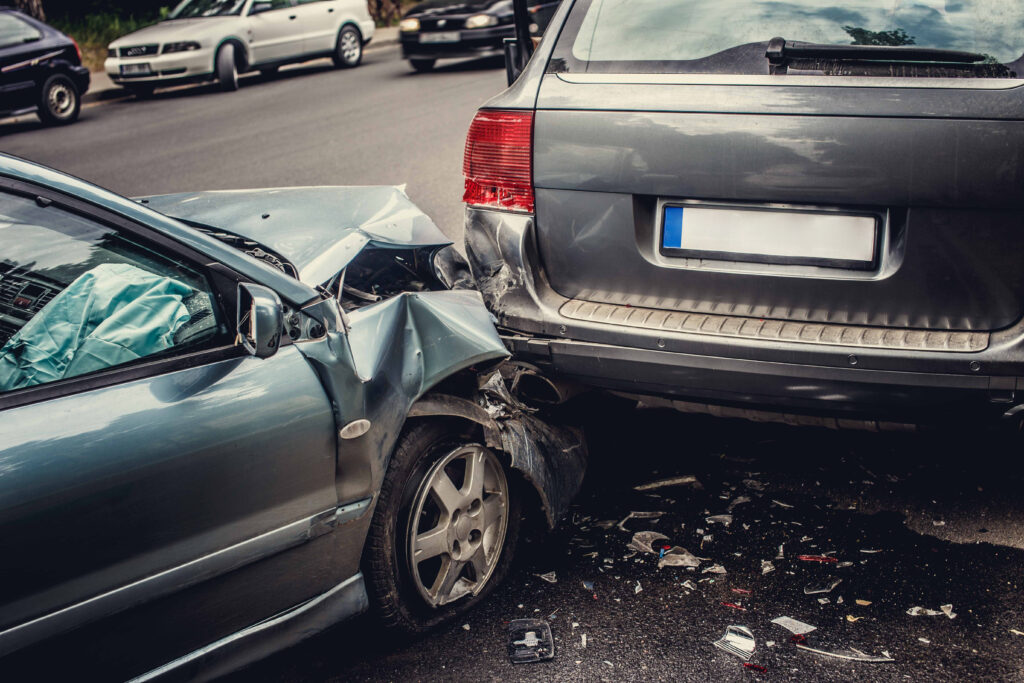Eastman v. State Farm Mutual Automobile Insurance Company, highlight the complexities of determining fault in car crashes. The best personal injury lawyers know these principles. This is article will discuss their application in this specific case, referencing the statute LSA-R.S. 32:81 and the court decision.

Legal Framework
Under LSA-R.S. 32:81, drivers must not follow more closely than is reasonable and prudent considering speed, traffic, and conditions. Thus, this statute sets the foundational rule for rear-end collisions. As a result, the following driver is often presumed negligent unless they can rebut the presumption.
Application in Eastman v. State Farm Mutual Automobile Insurance Company
The Eastman case is a 2023 Louisiana Third Circuit Court of Appeals decision. (The Third Circuit sits in Lake Charles, and reviews trial court decisions from 21 parishes in Western Louisiana). It follows, that Eastman provides a practical application of rear-end crash principles. The case arose from a three-vehicle collision. The third vehicle, driven by Ms. Peterson, rear-ended the second vehicle, driven by Mr. Eastman. The crash caused Eastman to hit the first vehicle. As a result, the jury found Peterson and Eastman equally at fault. But the district court overruled the jury, finding Ms. Peterson 100% at fault. The Third Circuit agreed that Peterson was 100% at fault.
The court’s decision was guided by the principle that a following driver is presumed negligent in rear-end crashes. However, the presumption can be rebutted in several ways. These include showing: control over the car, closely observing the leading car, and following a safe distance under the circumstances. Further, the trailing driver can also invoke the “sudden emergency doctrine” by proving the lead car negligently created a hazard.
However, Ms. Peterson admitted she was distracted. Therefore, she failed to use due care. Under the facts of the case, she could not rely on the sudden emergency doctrine. Peterson’s failure to maintain a safe following distance reaffirmed her liability.
Damages
Significantly, the court awarded over $1,000,000 in damages to Mr. Eastman. This award underscores the importance of following safe driving practices in Louisiana.
Conclusion
In sum, the Eastman case is a reminder of the critical importance of maintaining safe following distances and attentive driving. It highlights the legal effect that can lead result a failure to follow these principles. Louisiana’s rear-end crash law is rooted in ensuring prudent driving. It holds drivers accountable for their actions on the road, promoting a safer driving environment for all.




